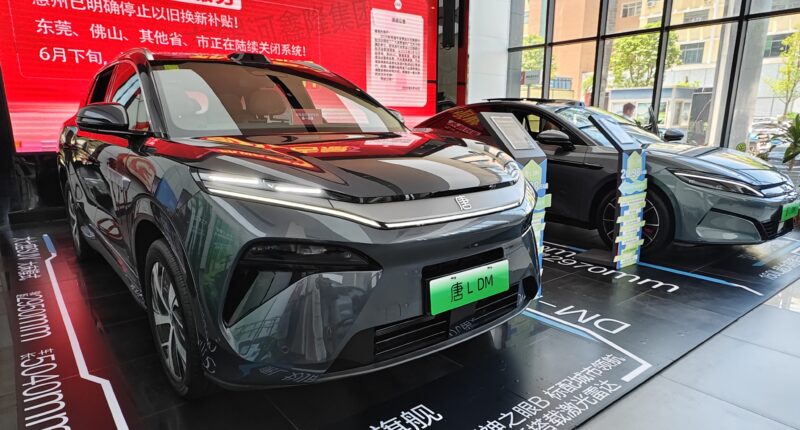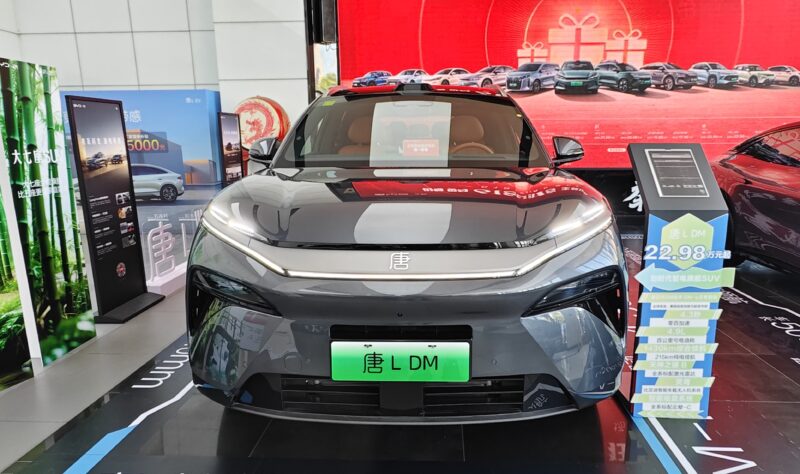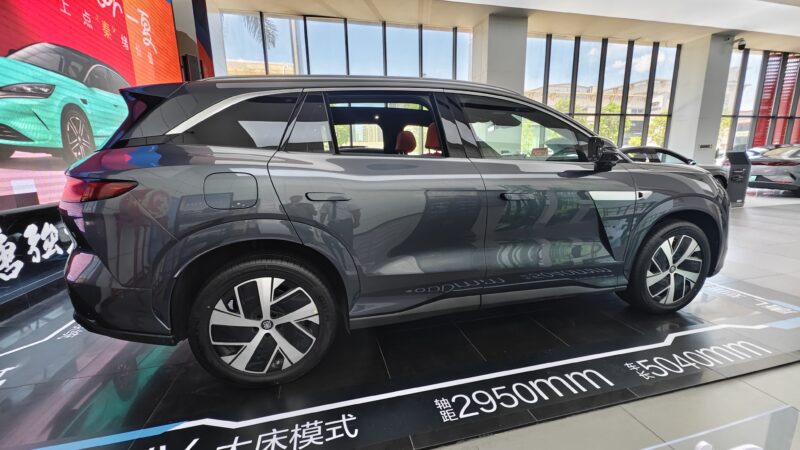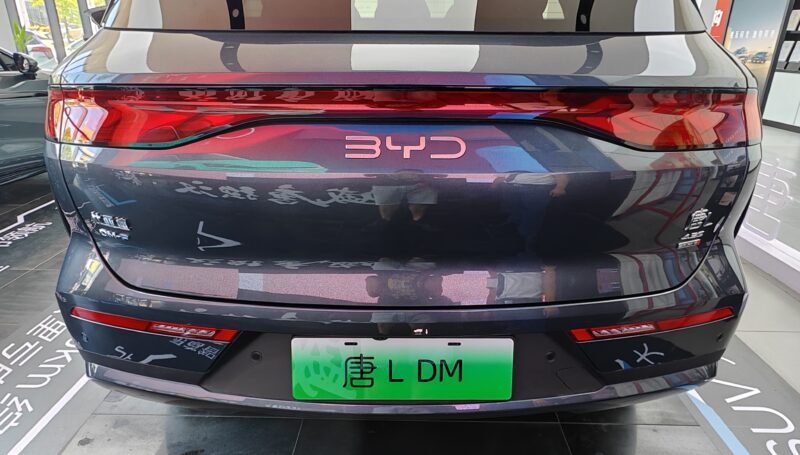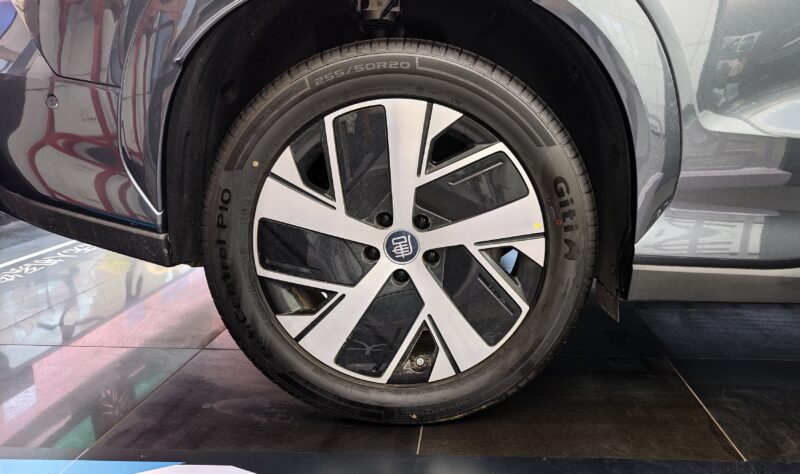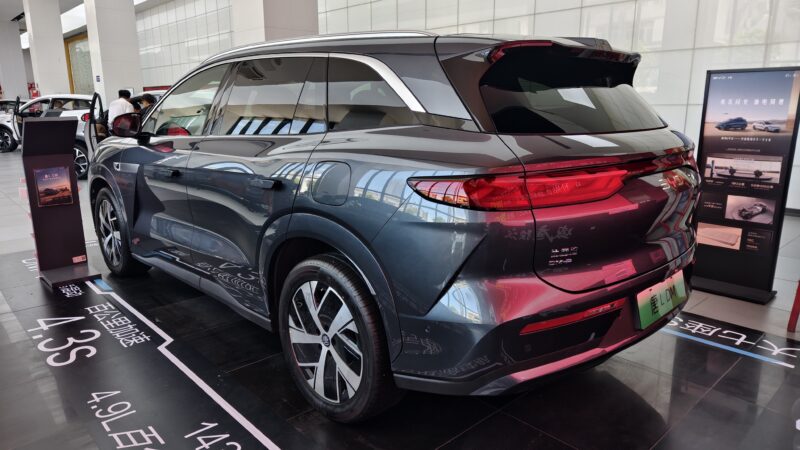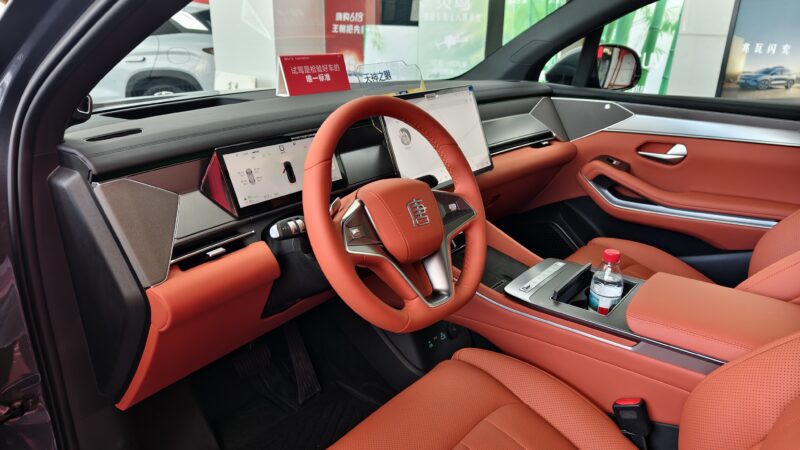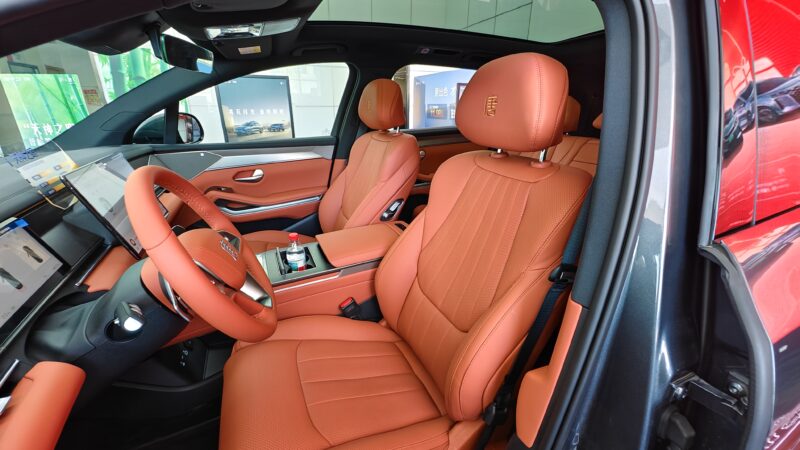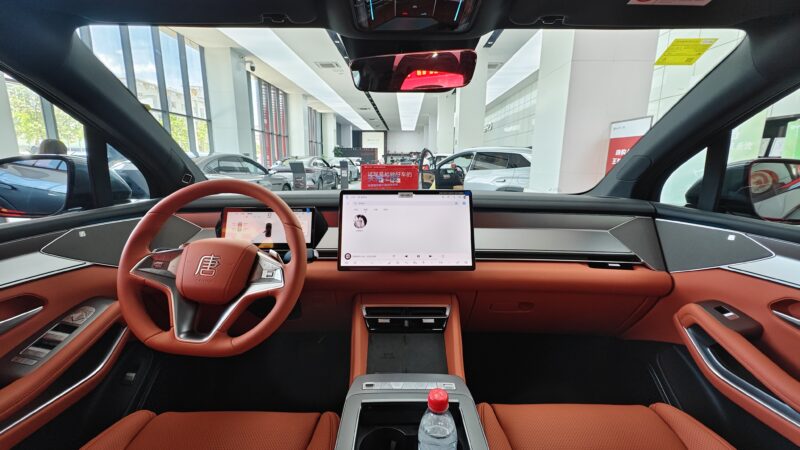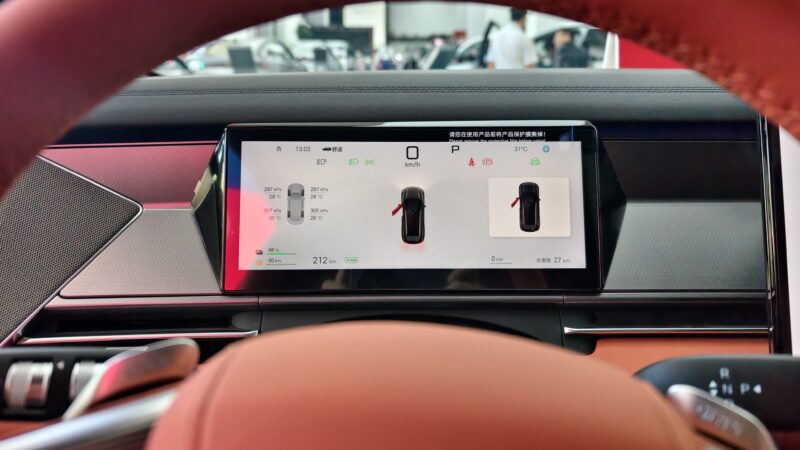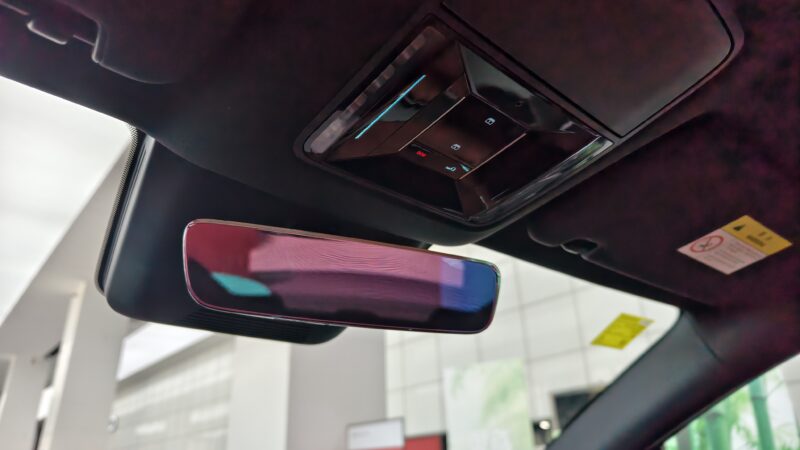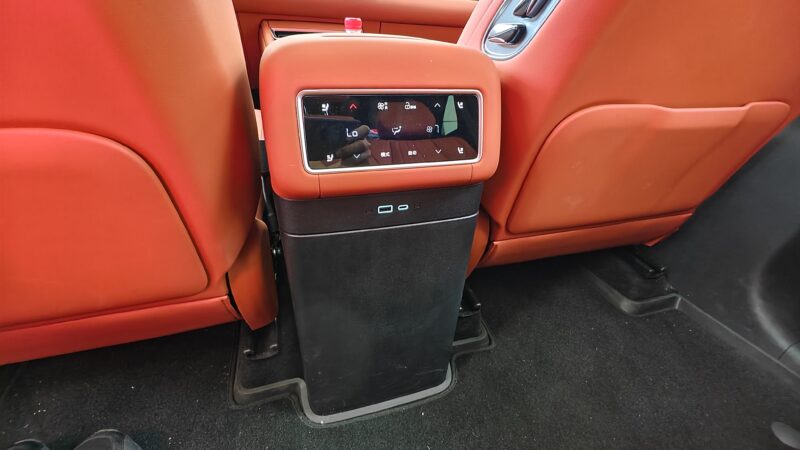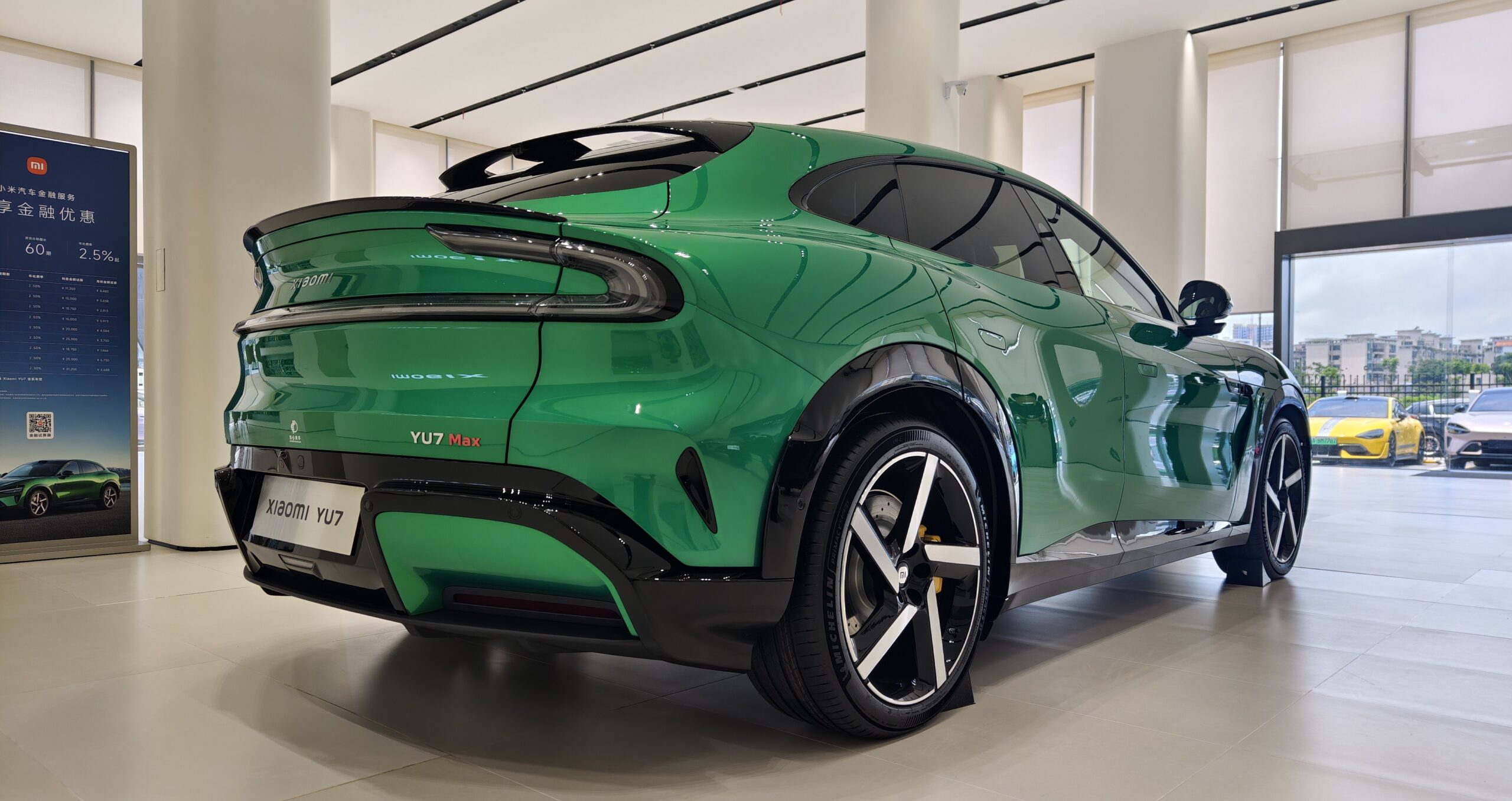Sunday China Drive | BYD Tang L flagship SUV: can it challenge the Xiaomi YU7’s hype?
A technical heavyweight in Xiaomi’s shadow
Despite offering superior specs and a lower starting price, BYD’s new flagship SUV, the Tang L, has been largely overshadowed by Xiaomi’s YU7, which secured 240,000 non-refundable orders within just 18 hours of launch. Both vehicles feature competitive electric drivetrains, with BYD emphasising faster charging through its 1000V architecture and higher motor power, while Xiaomi focuses on range efficiency, advanced connectivity, and refined brand presentation.
Unveiled as part of BYD’s effort to modernise its Dynasty lineup, the Tang L is built on the Super e-Platform shared with the FCB 5. The model is available with either a single-motor rear-wheel-drive setup or a dual-motor all-wheel-drive configuration, delivering peak power outputs of up to 380 kW (510 horsepower) for the RWD versions and up to 810 kW (1,086 horsepower) combined in the AWD trims. Top-spec AWD models achieve 0–100 km/h acceleration in approximately 3.6 to 4.3 seconds. All versions utilise a 108.8 kWh lithium-iron-phosphate (LFP) blade battery, with a 1000V platform, which enables a 400 km range in 5 minutes using 351 kW dual-gun fast charging at 180 kW stations. The Tang L incorporates a cloud-pillow suspension system with hydraulic rebound control, designed to enhance ride comfort.
Pricing for the Tang L starts at 239,800 yuan (approximately 33,390 USD) for the RWD Elite and rises to 289,800 yuan (approximately 40,350 USD) for the AWD flagship. However, in stark contrast to Xiaomi’s YU7, which generated significant media buzz and consumer enthusiasm, the Tang L’s launch has drawn comparatively minimal attention.
BYD Tang L vs Xiaomi YU7: key specs comparison
| Category | BYD Tang L | Xiaomi YU7 |
|---|---|---|
| Platform | BYD Super e-Platform | Xiaomi Modena EV platform |
| Drive layout | RWD (500 kW) / AWD (810 kW, 1086 hp) | RWD (235 kW) / AWD (508 kW, 690 hp) |
| 0–100 km/h Acceleration | 3.6–4.3 sec (AWD) | 3.23–5.88 sec depending on trim |
| Top speed | 287.4 km/h | 253 km/h (Max trim) |
| Battery Type | 100.5 / 108.8 kWh LFP Blade battery | 96.3 kWh LFP (RWD) / 101.7 kWh NCM (Max) |
| Range (CLTC) | 560–670 km | 760–835 km |
| Charging | 1000 kW DC | 5.2C ultra-fast charging (620 km in 15 min) |
| Dimensions (L/W/H) | 5,040 × 1,996 × 1,760 mm | 4,999 × 1,996 × 1,608 mm |
| Wheelbase | 2,950 mm | 3,000 mm |
| Drag coefficient | 0.26 | 0.245 |
| Exterior highlights | Full-width light bar, sporty rear, minimalist front design | Active grille, hidden door handles, fastback profile |
| Wheels | 20–21 inch options | 19–21 inch options |
| Seating Layout | 2+3+2 (7 seats) | 5 seats |
| Interior Features | 15.6” rotating screen, AR-HUD, orange dual-tone cabin | 1.1m triple-screen display, Nappa seats, mini-fridge |
| Infotainment & tech | DiLink system, AR-HUD, voice assistant | Xiaomi HyperOS, Apple ecosystem, Dolby Atmos (25 speakers) |
| Assisted driving | DiPilot 300 | Lidar, Nvidia Thor (700 TOPS), end-to-end vision system |
| Storage | 551–1,650L cargo space | 1,970L + 36 compartments, glovebox, drawers, fridge |
| Price range (yuan) | 239,800 – 289,800 yuan | 253,500 yuan to 329,900 yuan |
| Price range (USD est.) | 33,390 – 40,350 USD | 34,300 to 44,700 USD |
Exterior: softened strength with practical touches
At 5,040 mm long with a wheelbase of 2,950 mm, the Tang L leans into the full-size SUV segment but avoids excessive bulk with clean surfaces and smooth lines. Compared to the outgoing Tang EV, the front face is more restrained, ditching the aggressive grille styling for a narrow, almost minimalist look. The headlights are narrow and angular, with a full-width LED light bar at the rear.
A large panoramic roof and aerodynamic 20-inch wheels give the Tang L a premium stance, although it falls short of the sporty cues seen in rivals like the Xiaomi YU7. Flush door handles, a high beltline, and hidden D-pillars contribute to a modern profile.
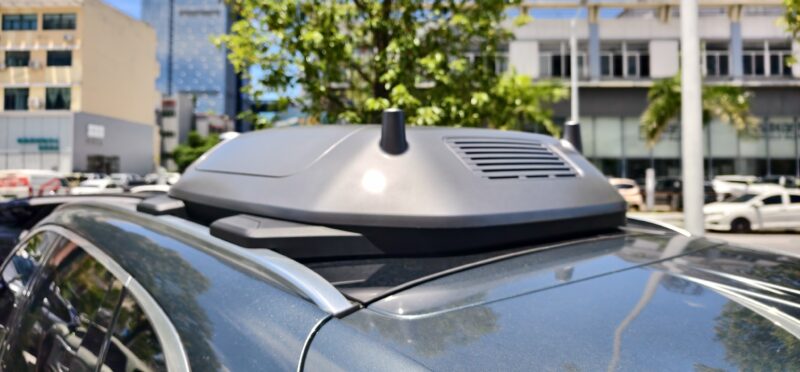
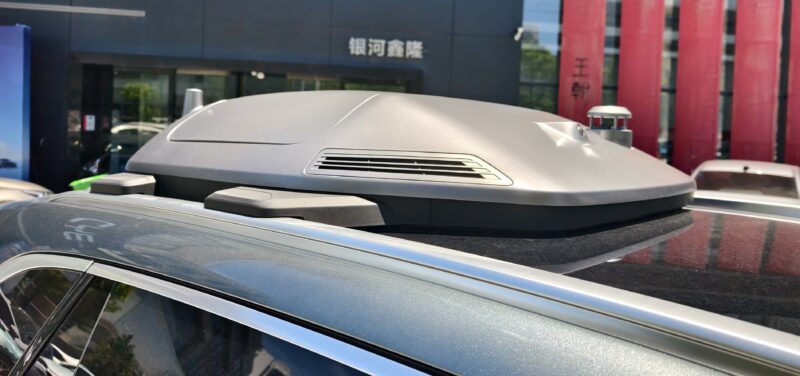
Interior: BYD’s most comfortable yet, but not flashy
Inside, the Tang L surprises with comfort-oriented luxury rather than tech flash. The seats are upholstered in Nappa leather, with the second row being the star — two large captain’s chairs that recline, heat, ventilate, and offer powered leg rests. A fold-out centre console between them adds storage and cupholders.
The dash features a 15.6-inch rotating central screen, flanked by a 10.25-inch digital cluster and head-up display, all running BYD’s DiLink 150 cockpit system. The UI is smooth, but lacks the refined animations and ambient integrations seen in Xiaomi’s HyperOS.
Storage is ample: there’s a flat floor, sizable door bins, and a deep under-armrest box. The trunk offers 551 litres of space, expandable to 1,650 litres with the third row folded flat. The Tang L lacks a front trunk (frunk), a feature that Xiaomi utilises to full marketing effect.
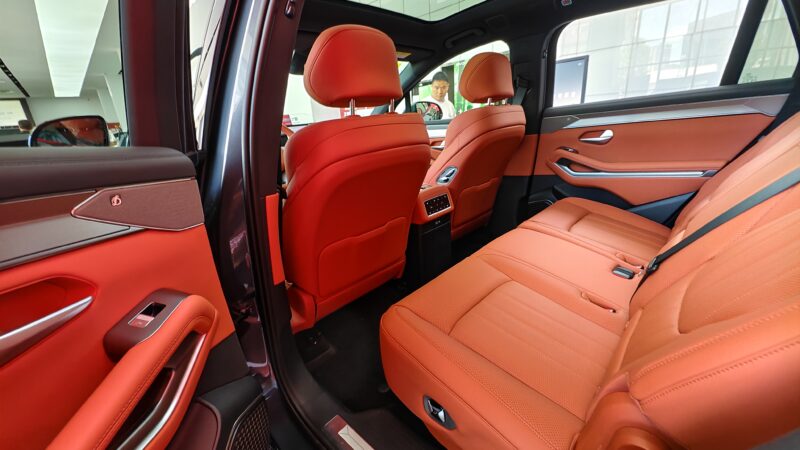
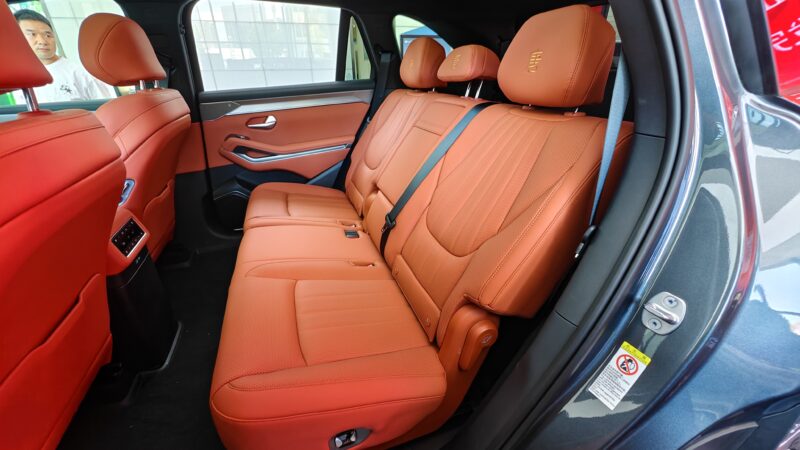
Behind the Wheel: floaty, fast, and quiet — if you’re not in a hurry
The Tang L is tuned for comfort, and that’s where it excels. The cloud-pillow suspension impressively absorbs small bumps, and the rebound control system keeps pitch under control during braking. Over rougher surfaces, the body stays composed. The ride quality felt like a luxury MPV.
Power delivery in the AWD variant is smooth but not aggressive. Despite the 380 kW output and sub-5-second acceleration, throttle mapping is soft. In Normal and Comfort modes, torque is restricted for smoother operation, making it ideal for family use. Sport mode sharpens response, but still doesn’t match the directness of the YU7 or Model Y.
Noise isolation is excellent — road noise, tire hum, and wind are well suppressed even at high speeds. A noticeable difference compared to older BYD SUVs is the absence of rear-axle hopping and improved traction on uneven surfaces.
One disappointment is steering feel: it’s accurate but vague. The brake pedal is too soft, especially when slowing down from high speeds, although the regeneration system is tunable.
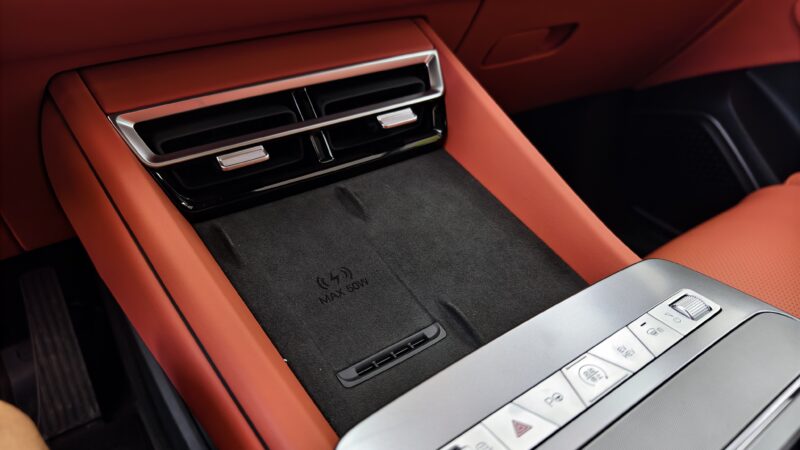
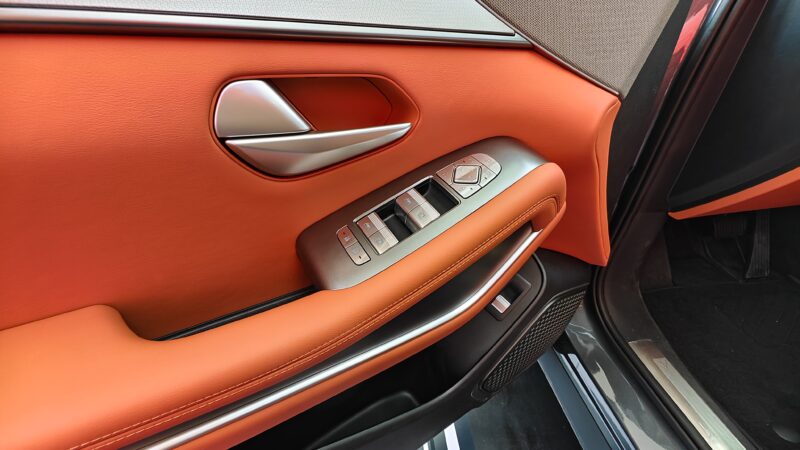
On the tech side, BYD’s DiPilot assisted driving system is responsive but basic. It supports adaptive cruise, lane centring, and blind spot detection. However, there’s no full navigation-assisted driving like Xiaomi’s NOA or Tesla’s FSD Beta.
Verdict: a great SUV outclassed by a greater narrative
The BYD Tang L is a technically impressive vehicle that delivers smooth ride quality, strong performance, and well-thought-out comfort features at a competitive price. Its spec sheet outperforms the Xiaomi YU7 in several areas — motor output, fast charging, second-row luxury — and it is priced lower across comparable trims.
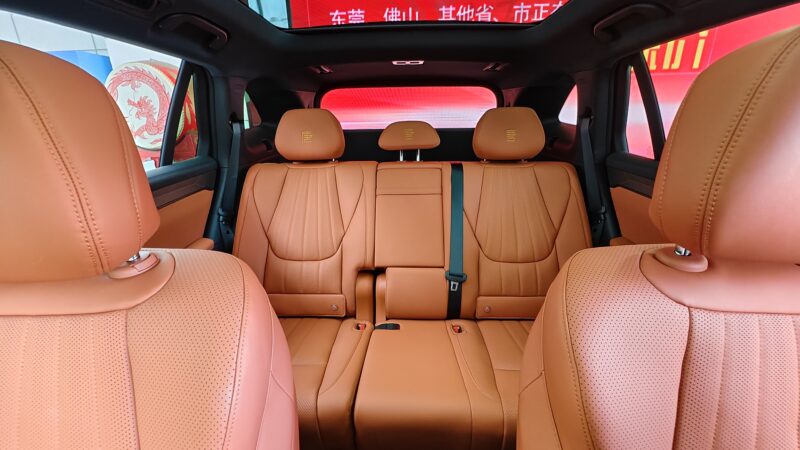
Yet, the market response tells a different story. Xiaomi’s YU7 captured national attention with its lifestyle marketing, brand buzz, and fan ecosystem. BYD’s release, in contrast, landed quietly, despite outperforming in raw specs. The Tang L doesn’t lack substance, but it does lack momentum.
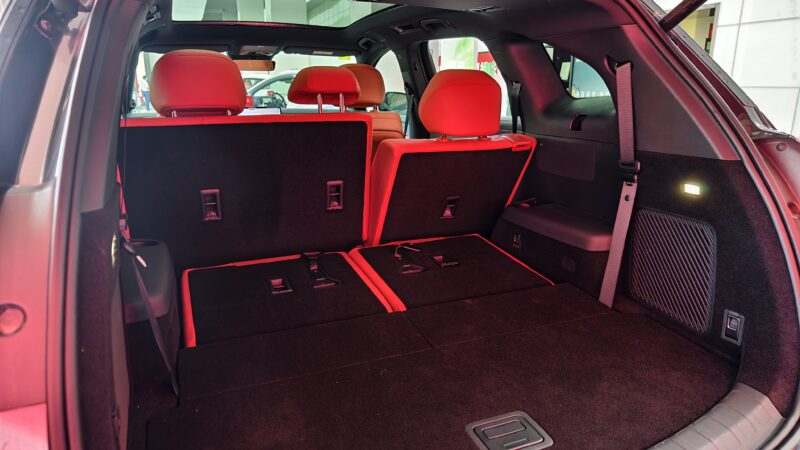
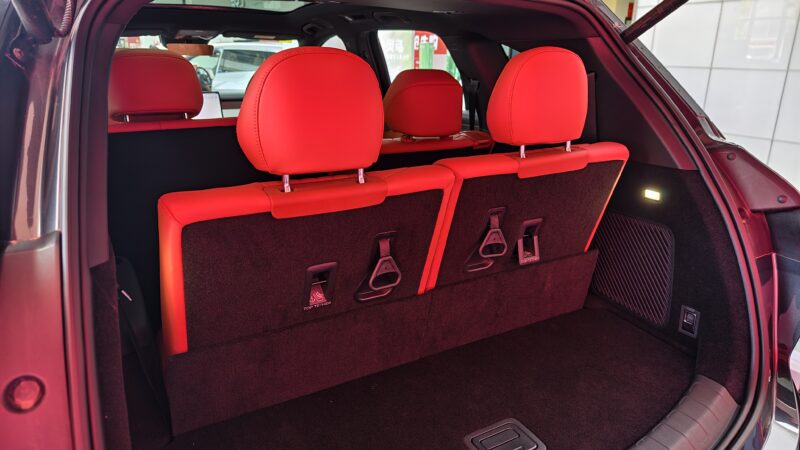
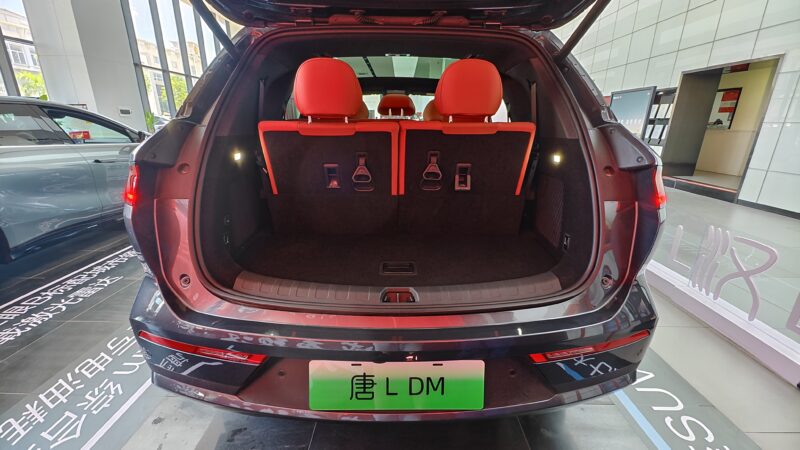
This disconnect highlights a more profound shift in China’s EV market: specs and price no longer guarantee attention. Brand identity, narrative, and emotional connection — Xiaomi’s core strengths — may now matter more.
Updated: 21/07/2025



